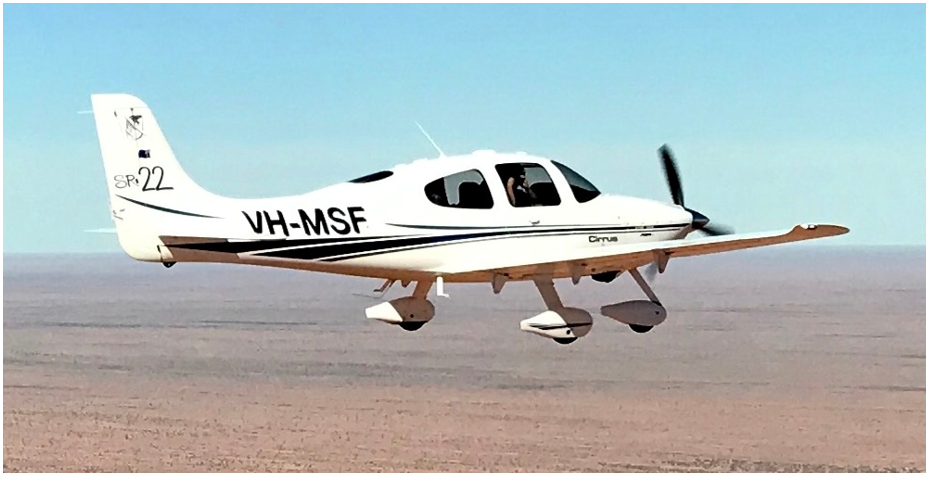
The Australian Transport Safety Bureau has published the final report from its investigation into an accident involving a Cirrus SR22 light aircraft near Gundaroo, north of Canberra, which fatally injured four people.
The four-seat, single-engine aircraft had taken off from Canberra Airport on 6 October 2023 with a pilot and three passengers on board, for a planned flight to Armidale, NSW, operating under instrument flight rules.
About 12 minutes after take-off, the aircraft aerodynamically stalled and departed from controlled flight. It then entered a high vertical descent which developed into a spin, before impacting the ground.
The aircraft came to rest in an open field adjacent to a farm dam wall and was consumed by a post‑impact fire.
ATSB Chief Commissioner Angus Mitchell said extensive damage from the collision and post‑impact fire limited the ATSB’s ability to determine the circumstances preceding the accident.
“The lack of available evidence made this investigation extremely challenging and, unfortunately – particularly given the tragic loss of four lives – limited the findings the ATSB could make,” Mr Mitchell said.
Flight data showed that, at about 8,000 ft, the aircraft began to deviate from its track, with heading, altitude and airspeed deviations. Then, when approaching 10,000 ft, the aircraft’s climb rate increased significantly and its airspeed decreased, resulting in the aerodynamic stall and departure from controlled flight.
The investigation found no evidence of any recovery actions being conducted after the aircraft stalled, and that the ballistic recovery parachute – an emergency parachute that when activated by the pilot supports and lowers the aircraft to the ground – was not deployed.
Additionally, no radio broadcasts were heard from the pilot during the accident sequence, or to indicate any issues prior to the stall.
“The ATSB considered several scenarios to establish the reason for the deviations in flight track, the subsequent stall, the absence of any recovery actions, and the non-deployment of the aircraft’s parachute system,” Mr Mitchell said.
“These included in-flight icing, pilot incapacitation, and technical issues with the aircraft, but the lack of available evidence could not definitively support or dismiss any of these hypotheses.”
The investigation report notes it was likely the aircraft, which was not fitted with an anti-icing system and was prohibited from operating in icing conditions, had encountered icing conditions prior to the stall.
Moderate icing conditions were forecast along the aircraft’s flight path from 7,000 ft to 10,000 ft when in cloud.
But the ATSB was unable to determine if these conditions were sufficient to have adversely affected the aircraft’s performance and/or handling, and icing would not prevent the deployment of the aircraft’s parachute system.
Meanwhile, an independent forensic pathologist did not identify any underlying medical conditions, natural disease or toxicological abnormalities that could have led to an incapacitation event. However, the report notes that medical incapacitation can result for reasons that may not be detectable.
Finally, to the extent possible, an inspection of the remaining aircraft structure and flight controls did not identify any pre-accident anomalies.
“Unfortunately, due in part to the significant post-impact fire limiting the collection of evidence, the circumstances preceding the stall and this tragic accident could not be conclusively determined,” Mr Mitchell said.
Read the final report: Loss of control and collision with terrain involving Cirrus SR22, VH-MSF, near Gundaroo, New South Wales, on 6 October 2023


